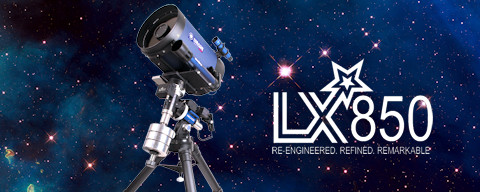

However, when I saw where North was, I didn’t believe it as I had imaged from this Exmoor site on several occasions and thought North was further to the right. Firstly, I had set up the tripod in daylight and used a compass to broadly align it. This was my first time out for about two years, so I was a little rusty 🙂 All set up and ready to go! Or so I thought!Ī few mistakes were made. It will take me a week or two to process it, but I am expecting a great colour image from this! In all I took 3 hours of data across several filters. Maybe in the future I need to up this to 5 minutes?Įither way, despite the challenges, I’m very pleased with the end result and I can’t wait to get out there again and capture some more star light. My only current theory is that perhaps the subframe exposures were too short for those kind of filters – they were only 2 minutes long. I have no idea what the cause of the issue is, but it required some seriously creative image processing to get rid of it. The Oxygen II channel had similar issues, but no where near as pronounced. One of the biggest issues was the Sulphur II channel: The Sulphur II channel had a weird grid of noise criss-crossing it…Īs can be seen, this channel had a grid of noise superimposed on it – despite the subframes being dithered by the auto-guider. I was having to fight noise and a poor signal to noise ratio every step of the way! Luckily with plate solving, I should be able to capture more data on a future date.
#ASTROIMAGER MANUAL PLUS#
Now that I have this kind of narrowband experience under my belt, I can safely say that these kind of images really require at least 10 hrs plus of exposure. Alas I had to drop over 15 minutes of Sulphur II due to poor quality subframes.

Total exposure time was 2 hours 46 mins spread over 64 Mins Hydrogen Alpha, 58 Mins Oxygen III and 44 mins of Sulphur II.
#ASTROIMAGER MANUAL PRO#
The image was taken on Exmoor using a Skywatcher Esprit 120 APO refractor with a ZWO ASI 1600mm Pro camera at F/7. It is currently thought to be an intense region of new star formation.

The Elephant’s Trunk is an emission nebula some 2400 light years away from us in the constellation of Cepheus. Trying the coax out the details and colours from a relatively short exposure proved to be very challenging. This is the first narrowband image I have processed using false colour – in this case the Hubble Palette. After around 1 week of image processing I finally finished the Elephant’s Trunk Nebula!


 0 kommentar(er)
0 kommentar(er)
